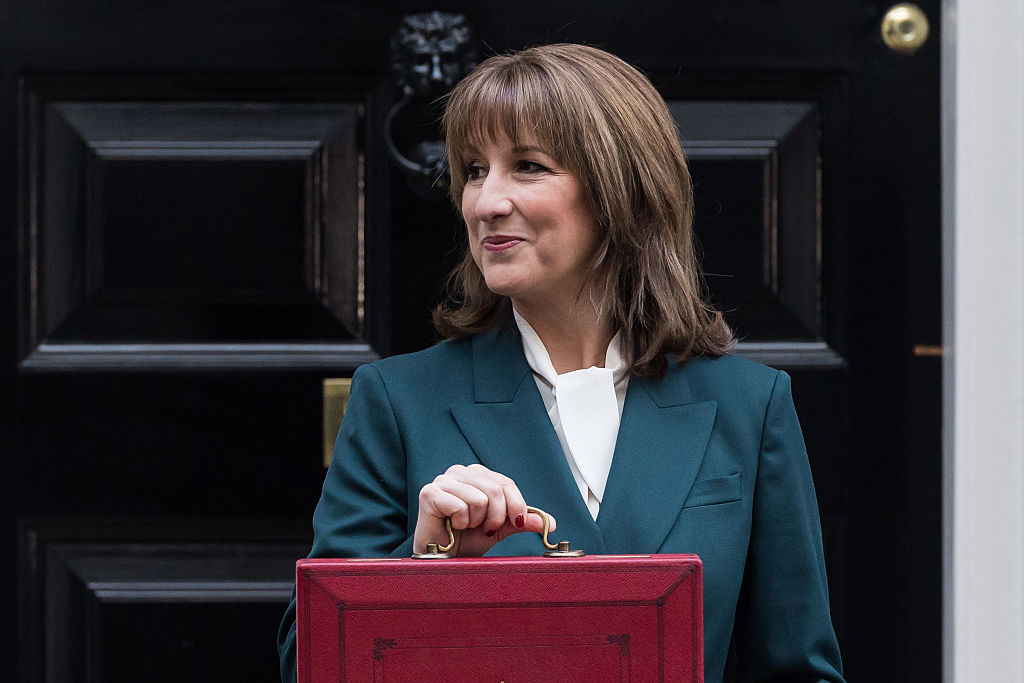Lessons for investors from the “go-go years”
The fate of the Nifty Fifty stocks reminds should remind investors that it’s dangerous to pay too much for the certain winners of tomorrow.


I’ve been thinking a lot about the late 1960s and the parallels with today. Not because of protests in America, Hong Kong and elsewhere. Not because of the pandemic sweeping around the globe – influenza then, coronavirus now. Not because of the spectre of conflict (the Vietnam war, the looming US-China cold war). Those comparisons are valid – there are good reasons why people are starting to describe 2020 as the worst year since 1968. But it’s really the US stockmarket of 40 years ago that interests me.
The 1960s were the go-go years, to quote the title of a contemporary history by the journalist John Brooks. Solid growth and a climate of optimism created a strong bull market. But by the end of the decade, a small number of stocks were driving the gains. These were known as the Nifty Fifty – there was never a single list of 50 stocks, but the usual candidates include many familiar names such as Polaroid, McDonald’s, Johnson & Johnson, Coca-Cola and Hewlett-Packard.
These were know as “one-decision stocks” – all you had to do was buy and hold them indefinitely.
MoneyWeek
Subscribe to MoneyWeek today and get your first six magazine issues absolutely FREE

Sign up to Money Morning
Don't miss the latest investment and personal finances news, market analysis, plus money-saving tips with our free twice-daily newsletter
Don't miss the latest investment and personal finances news, market analysis, plus money-saving tips with our free twice-daily newsletter
The market faltered in 1968, with the S&P 500 dropping 33% over the next 18 months. It recovered to set new highs in late 1972, by which point the Nifty Fifty were typically trading on price/earnings (p/e) ratios of 40-50 or more (Polaroid peaked on around 90). Then it plunged into a vicious bear market from 1973 to 1974.
Today, the US again depends on a handful of high-growth names. Exclude Alphabet, Amazon, Apple, Facebook, Microsoft and Netflix from the S&P 500 and the remaining S&P 494 would be only modestly ahead of the rest of the world over the last five years, according to calculations by Gerard Minack of Minack Advisors. The strength of the US rebound since March is entirely due to these stocks and their peers, such as Adobe, Nvidia and PayPal. They were stars before the pandemic; now, they are seen as sure winners from a changing world. Valuations now range from surprising low for Apple (25) to quite steep for Amazon (118).
Not all the Nifty Fifty were bad long-term investments – some eventually beat the S&P 500. Those in consumer staples or healthcare and with less extreme p/e ratios of 30-40 tended to do better – the only spectacular success of a high-priced stock was Walmart, which, despite a p/e of over 50, returned more than twice as much as the index. But all suffered badly in the mid 1970s due to their steep valuations. In the same way, some of today’s stars will be long-term successes. But the history of the Nifty Fifty suggests their high valuations are vulnerable to the unexpected – and by extension, so is a bull market that is heavily dependent on them.
I wish I knew what technical analysis was, but I’m too embarrassed to ask
Technical analysis refers to the use of trends in market data – such as the price of securities and volume traded – to attempt to forecast the future direction of markets. It does not take account of fundamental data such as a company’s earnings. Instead it focuses solely on how individual securities and groups of securities are trading.
Users of technical analysis argue that the collective actions of buyers and sellers mean that all available fundamental information should already be reflected in current prices. However, the way in which investors interact as they respond to the flow of new information creates recurring patterns of behaviour, so recognising these patterns may allow chartists to anticipate what is likely to happen next.
There are a large number of technical analysis indicators, some of which are quite complex. However, the core of this strategy is the idea that prices trend – ie, tend to move up, down or sideways over a period of time. So the simplest approaches revolve around looking at these price trends on charts – hence technical analysts are known as chartists. An analyst may look at trend indicators such as the moving average over, say, the last 50 days, as well as price patterns that they believe indicate whether the trend is likely to change. These may include resistance (a price that the security has not been able to exceed) and support (which it does not fall below).
Technical analysts may also look at relative strength (how well certain stocks and sectors are doing compared with others) and breadth (how many stocks are rising compared with the amount that are declining). Some will also employ a range of numerical indicators that aim to measure sentiment towards a security or the wider market. Momentum indicators look at how quickly prices are changing, volatility indicators focus on how volatile prices are and volume indicators are based on the amount being traded.
Get the latest financial news, insights and expert analysis from our award-winning MoneyWeek team, to help you understand what really matters when it comes to your finances.
Cris Sholto Heaton is an investment analyst and writer who has been contributing to MoneyWeek since 2006 and was managing editor of the magazine between 2016 and 2018. He is especially interested in international investing, believing many investors still focus too much on their home markets and that it pays to take advantage of all the opportunities the world offers. He often writes about Asian equities, international income and global asset allocation.
Cris began his career in financial services consultancy at PwC and Lane Clark & Peacock, before an abrupt change of direction into oil, gas and energy at Petroleum Economist and Platts and subsequently into investment research and writing. In addition to his articles for MoneyWeek, he also works with a number of asset managers, consultancies and financial information providers.
He holds the Chartered Financial Analyst designation and the Investment Management Certificate, as well as degrees in finance and mathematics. He has also studied acting, film-making and photography, and strongly suspects that an awareness of what makes a compelling story is just as important for understanding markets as any amount of qualifications.
-
 London claims victory in the Brexit wars
London claims victory in the Brexit warsOpinion JPMorgan Chase's decision to build a new headquarters in London is a huge vote of confidence and a sign that the City will remain Europe's key financial hub
-
 Rachel Reeves's Autumn Budget: What it means for the UK
Rachel Reeves's Autumn Budget: What it means for the UKOpinion A directionless and floundering government has ducked the hard choices at the Autumn Budget, says Simon Wilson
